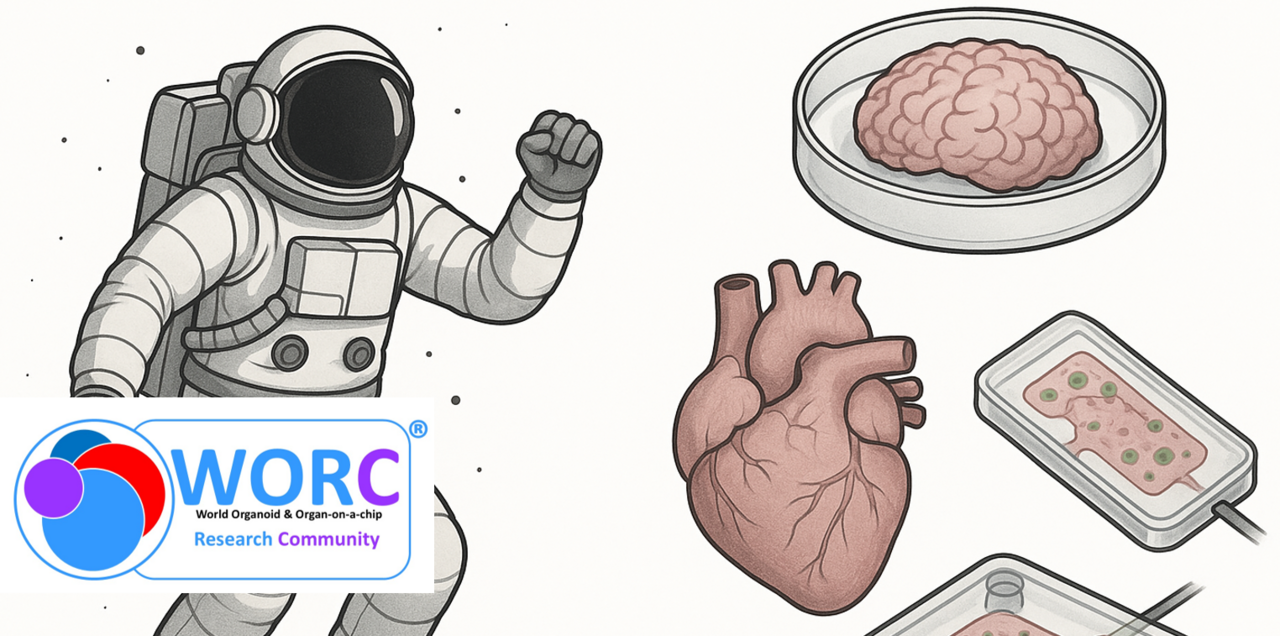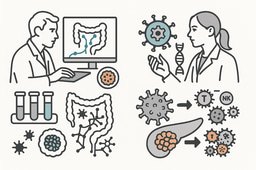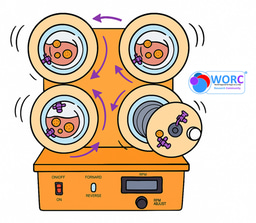🚀Spaceflight-Induced Ageing in Human Organoids and Organs-on-Chip: Opportunities and Limitations for Modelling Degenerative Diseases

Recent experiments have shown that organoids and tissue models sent into space, particularly into low Earth orbit, may undergo accelerated maturation and altered proliferative dynamics, accompanied by increases in cellular stress and ageing-associated molecular signatures. This has led to the intriguing possibility that space-based organoid culture might serve as a powerful tool for studying aged and more mature organoids, a current bottleneck of Earth-based research, especially for degenerative diseases like Alzheimer’s.
For instance, neural organoid studies sent to space have reported reduced proliferation and increased expression of maturation markers relative to Earth controls, indicating a more rapid differentiation or ageing-like progression (https://doi.org/10.1093/stcltm/szae070). In parallel, synopses of hematopoietic stem and progenitor cell (HSPC) missions report that spaceflight can induce DNA damage, mitochondrial stress, diminished regenerative potential, and inflammatory phenotypes, which are traits often associated with cellular ageing (https://doi.org/10.1016/j.stem.2025.07.013).
In addition to neural and hematopoietic models, studies involving cardiomyocytes highlighted that microgravity cultures had 3-fold larger organoid sphere sizes, 20-fold higher nuclei counts, and increased expression of proliferation and contraction-associated genes, indicating enhanced maturation (https://doi.org/10.1016/j.stemcr.2022.08.007). Another study involving skeletal muscle-on-a-chip has shown a metabolic shift toward lipid and fatty acid metabolism, along with increased apoptotic gene expression in space-shipped samples compared to those on Earth, suggesting impaired myogenesis and ageing-like phenotypes (https://doi.org/10.1016/j.stemcr.2024.06.010).
These findings suggest that a combination of microgravity, altered fluid mechanics, and cosmic radiation may accelerate certain hallmarks of cell maturation and tissue ageing. If validated further, this “fast ageing in orbit” concept could provide a uniquely time-compressed and human-relevant platform for modelling chronic degenerative pathologies.
Nevertheless, significant caveats remain:
- It is not yet clear which changes are truly due to progressive ageing as opposed to acute stress responses induced by radiation, launch/return stress, or altered shear forces.
- The sample sizes, donor diversity, and culture durations employed so far are limited: most orbital studies last only weeks to a few months.
- Proper controls are difficult: replicating cosmic radiation spectra, true microgravity, and analogous environmental stresses on Earth are challenging.
- Many canonical ageing metrics (telomere shortening, epigenetic clocks, functional decline over long spans) have not yet been robustly benchmarked in space versus naturally aged human tissues.





Please sign in or register for FREE
If you are a registered user on WORC.Community, please sign in